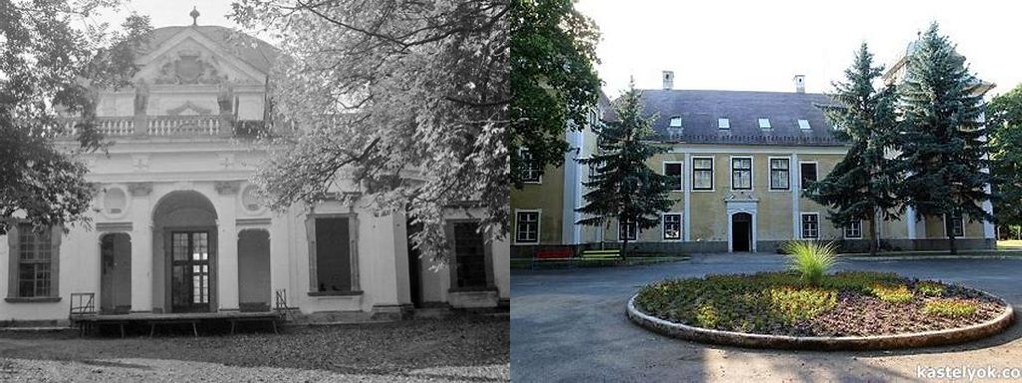
Szepessy-kúria, or the Szepessy Mansion, stands quietly in the heart of Onga, surrounded by an unassuming park and the gentle murmur of everyday life. It is not the kind of place that makes it onto grand lists of palaces and castles, yet it has something many larger monuments often lack: intimacy and the feeling that history is not only in the textbooks, but embedded in the walls you can still touch. The mansion is well worth seeking out if you crave encounters with authentic Hungarian heritage and a less filtered experience of the countryside’s gentle pace.
The roots of the mansion reach back to the early 1800s, when the Szepessy family, a landowning nobility with a keen interest in contemporary styles, constructed the building in what we now know as the late Baroque-classical style. It’s hard not to imagine the air ripe with the laughter of gatherings—noblemen, scholars and perhaps even famed Hungarian figures of the era—on warm evenings beneath high ceilings. What distinguishes the Szepessy Mansion from palatial residences of Budapest or even Eger is its manageable, almost cozy scale. Here, the grandeur does not overwhelm; rather, it draws you in, giving you the sense of being a welcome guest rather than a distant spectator.
The mansion’s facade, painted a warm yellow, stands out among Onga’s more modern buildings. The symmetrical lines and delicately wrought window frames reflect the tastes of the early 19th century elite—showing off just enough flair to impress, but not to ostentatiously proclaim their wealth. Look up at the carved wooden cornices and you can picture craftsmen sent by István Szepessy himself to execute finishes with a nod to the trends of 1820, the approximate year of completion. Many visitors are captivated by the grand entryway, set back from the road and shaded under old trees still standing guard after two centuries of rain and revolution.
Stepping inside (if you’re lucky enough to visit during an open event or scheduled tour), the air shifts; the stone floors are cool and there is a sense of suspended time. Larger rooms display hand-painted stoves and fragments of original stucco work. Restoration efforts in recent decades—particularly since the turn of the millennium—have gently coaxed the building back toward its former glory, while still leaving a few faded scars behind, echoing the fate of many similar noble houses across rural Hungary. History buffs will appreciate the small but passionate exhibitions occasionally staged here, touching on everything from the 1848 Revolution (which saw some of its discussion and planning within these very rooms) to life in rural Borsod county during the last century.
But the charm of the Szepessy Mansion is also in its dialogue with the outside world. The grounds spill gently beyond the house, ringed by chestnut and lime trees whose roots may well predate even the mansion itself. Locals wander through on foot or bike; children play along paths that once saw stately carriages draw up before formal balls. For a visitor from afar, it is perhaps one of the few places where you can, with little effort, find yourself absorbed not only into the past, but into the living fabric of a Hungarian small town today. The park itself offers respite and a pleasant, leafy passage whether you are a history seeker, a family with a picnic, or just someone taking in the quiet.
Sure, the Szepessy Mansion is not always bustling with grand events. But therein lies its appeal. Visit during an art exhibition or open house, and you may find yourself talking to a local historian or leafing through yellowed photographs with a distant relation of the original family. Come on a random afternoon, and the silence will let you hear every creak, every echo in the stairwell—a reminder that history is alive here, if you listen closely.
The mansion is primarily a curiosity for the open-minded traveler, one eager to step outside the known and see how heritage is lovingly preserved in places that don’t always make headlines. It isn’t about spectacular displays or grand tours, but about the layers you uncover with each unhurried step: Szepessy-kúria is a quiet conversation with those who came before—one held under old trees, within sunlit rooms, right in the heart of Onga.





